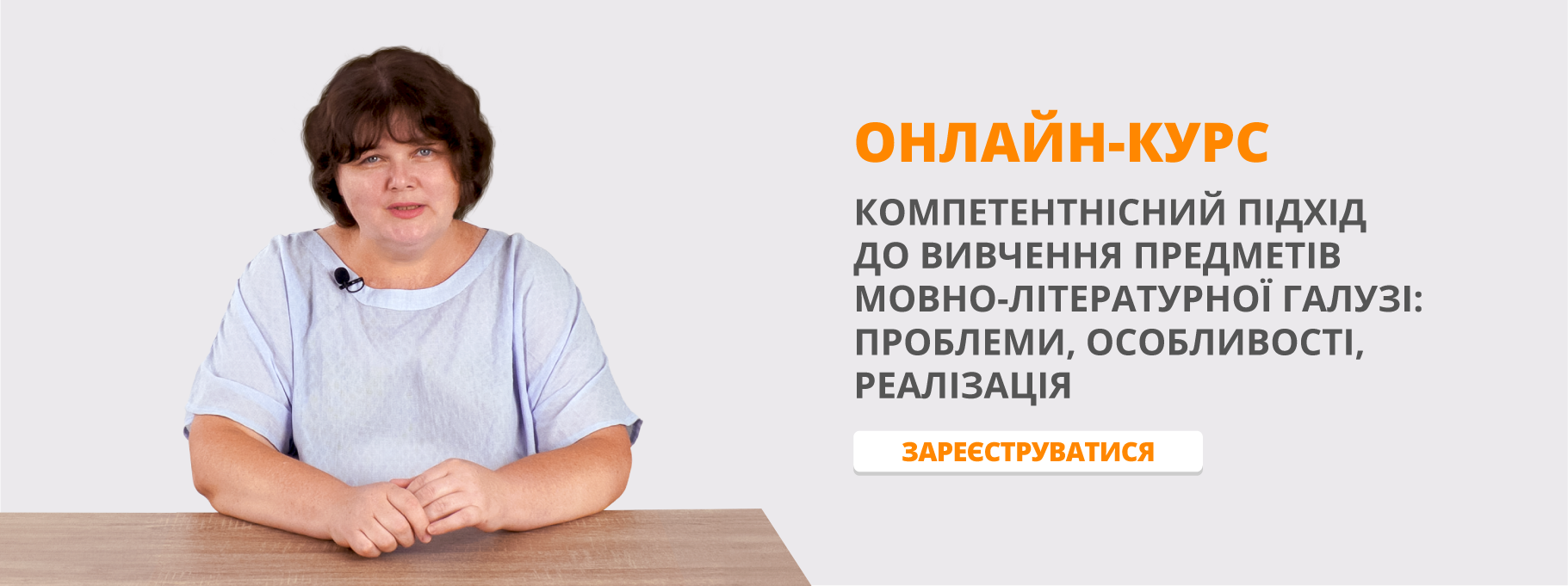Розробка уроку на тему "Їжа"
THEME: FOOD

Aim: to talk about food preferences and eating habits
to ask and answer about quality
Warm-up
Aim: to introduce the topic of the lesson and activate pupils background knowledge.
Teacher: Draw attention to the title of the lesson and tell me what you think this lesson is about.
Pupils: Eating the right kind of food/healthy food.
Ask pupils some questions about their eating habits.
Teacher: What do you like eating?
Do you think you eat healthy food?
Do you eat junk food? How often?

Vocabulary
Aim: to introduce vocabulary related to vegetables in English.
Teacher: Ask pupils to tell me if they know any vegetables in English.
Look at the pictures of the vegetables and read through the words.
Help pupils deduce the meaning of any unknown vegetables by relating them to the context of the corresponding pictures.
Follow the same procedure with the fruit.
Play the CD and pause after each word so that students can repeat what they hear.
Ask pupils the question in the rubric.
Teacher: Which of the following do you like?
Reading
Pre-Reading
Aim: to help pupils create expectations and make hypotheses about the article.
to give pupils practice in identifying the main idea of the article.
to present vocabulary. Structures and functions in the context of an article about fruit and vegetables.
Teacher: Please, name the vegetables and fruit which you can see in the pictures.

Pupils: Tomatoes, blueberries, peppers, green apples, grapes, lemons, carrots…
Teacher: Look at the layout of the text. What type of text is it?
Pupils: A magazine article.

Teacher: Look at the title of the article. Draw pupils’ attention to the different colours of the letters that make up the word rainbow. Guess the meaning of the word rainbow?
Pupils: An arch of different colours that appears in the sky when rain is falling and the sun is shining.
Play the CD and have pupils read and listen at the same time.
Teacher: Please, answer my questions.
Teacher: How many meals a day should we eat?
Pupils: Five
Teacher: Why are tomatoes and watermelon good for us?
Pupils: They protect us against some types of cancer.
Teacher: Are carrots rich in vitamin C?
Pupils: No, they are not. They are rich in vitamin A.
Teacher: Why are carrots good for us?
Pupils: They help us have healthy eyes.
Teacher: Why are oranges good for us?
Pupils: They help keep our heart healthy.
Teacher: Which green vegetables are mentioned in the text?
Pupils: Spinach and green peppers.
Teacher: How do they help us?
Pupils: They help keep both our eyes and heart healthy, and protect us against some types of cancer/
Teacher: What do grapes and aubergines protect us against?
Pupils: They protect us against some types of cancer and heart disease.
Teacher: What do blueberries help us have?
Pupils: A good memory.
Reading
Aim: to give pupils practice in identifying specific information in the article.
Teacher: Read the article and tick right answer.
Reading
«Eat five meals a day, including lots of fruit and vegetables», nutritionists say. It’s important to include different kinds of fruit and vegetables in each meal. Try to make your meals colorful. It’s easy!
![]() Red fruit and vegetables, like tomatoes and watermelon, protect you against some types of cancer. Some others, like strawberries and red grapes, help keep your heart healthy.
Red fruit and vegetables, like tomatoes and watermelon, protect you against some types of cancer. Some others, like strawberries and red grapes, help keep your heart healthy.
![]()
A lot of orange and yellow fruit and vegetables, like carrots, are rich in vitamin
![]() A and help you have healthy eyes. They also protect you against some types of cancer and heart disease. Citrus fruit, like oranges, aren’t rich in vitamin A, but they are rich in vitamin C and a type of B vitamin. They keep your heart healthy.
A and help you have healthy eyes. They also protect you against some types of cancer and heart disease. Citrus fruit, like oranges, aren’t rich in vitamin A, but they are rich in vitamin C and a type of B vitamin. They keep your heart healthy.
![]() Green fruit and vegetables, like spinach, green peppers and green apples, help keep both your eyes and heart healthy, and protect you against some types of cancer.
Green fruit and vegetables, like spinach, green peppers and green apples, help keep both your eyes and heart healthy, and protect you against some types of cancer.
![]()
![]() Blue and purple fruit and vegetables, like grapes and aubergines, protect you against some types of cancer and heart disease. Blueberries also help you have a good memory.
Blue and purple fruit and vegetables, like grapes and aubergines, protect you against some types of cancer and heart disease. Blueberries also help you have a good memory.
So, add a litter colour to your meals.
|
Read again and tick |
protect against cancer |
protect against heart disease |
help you to have healthy eyes |
help you have a good memory |
|
Dark blue grapes |
|
|
|
|
|
Blueberries |
|
|
|
|
|
Peppers |
|
|
|
|
|
Oranges |
|
|
|
|
|
Tomatoes |
|
|
|
|
|
Carrots |
|
|
|
|
Key
|
Read again and tick |
protect against cancer |
protect against heart disease |
help you to have healthy eyes |
help you have a good memory |
|
Dark blue grapes |
* |
* |
|
|
|
Blueberries |
* |
* |
|
* |
|
Peppers |
* |
* |
* |
|
|
Oranges |
|
* |
|
|
|
Tomatoes |
* |
|
|
|
|
Carrots |
* |
* |
* |
|

Post-reading
Aim: to give pupils the opportunity to have a further discussion on the topic of the article
Teacher: How many meals a day do you have?
Do you eat lots vegetables and fruit?
Do you agree with what the article says?
What else should we eat in order to protect our healthy?
Grammar
Aim: to present How much…? / How many…? and much/ many/ a lot of/ a few/ a little.
Teacher: Read the dialogues (1-3) and draw your attention to the words in bold.
Have pupils do the activity then check the answers with the class.
Grammar
How much? How many?
much/many/a lot of/lots of/a little
Read the dialogues below. Look at the words in bold and complete the table.
- A: How much fruit do you usually eat.
B: I don’t eat much fruit.
- A: How many tomatoes do you need for the salad?
B: I don’t need many tomatoes.
A: Well, I usually eat a lot of / lots of tomatoes.
- A: Would you like a few peas in your salad?
B: No thanks, but I’d like a little lemon juice on it.
A: Me too, but I’d also like a lot of / lots of salt.
B: It’s not good for you, you know.
|
countable |
uncountable |
both |
|
How many |
|
|
|
|
|
|
|
|
|
|
Pupils: Countable: How many, many, a few.
Uncountable: How much, much, a little.
Both: a lot of, lots of.
Practice
Aim: to give pupils practice in using How much…? / How many…? and much/ many/ a lot of/ a few/ a little.
Teacher: Circle the correct words.
Practice
Circle the correct words.
- Drink a lot of / much water in the summer. It’s good for you.
- How much / many hours do you work every day?
- Let’s go! We don’t have much / many time.
- How much / many milk do you drink a day?
- A: We don’t have much / many vegetables in the fridge.
B: Well, I can go to the supermarket and buy a little / a few carrots and some spinach.
- A: Do you want any salt on your salad?
B: Just a little / a few.
Teacher: Let’s check the answers.
Key
1. a lot of
2. many
3. much
4. much
5. many, a few
6. a little
Listen
Aim: to give pupils practice in listening for the main ideas
Teacher: Read through the sentences 1-3 and the options given.
Make sure that pupils don’t have any unknown words.
Teacher: Listen to the dialogues and complete the sentences. Chose a or b.
Play the CD and pause after each dialogues for pupils to choose their answers.
Play the second time and have pupils to check their answers.

Listen
Listen to three short dialogues and complete the sentences. Choose a or b.
- Write fruit and vegetables help keep our ____healthy.
- eyes b. heart
- The man and woman don’t need to buy any______.
- strawberries b. cherries
- The man orders ______ for dessert.
- a fruit salad b. ice cream
LISTENING TRANSCRIPT
1.
Presenter Back from the commercial break. We are here again with Dr. Joyce, the famous nutritionist. We’re talking about fruit and vegetables in our diet.
Dr. Joyce And about colours on our plate.
Presenter Well? Doctor, I really love eating mushrooms.
Are they good for you?
Dr. Joyce Mushrooms? They sure are. They help protect against cancer you know and..
Presenter Are they good for the eyes?
Dr. Joyce Well, not exactly, but they’re good for the heart.
Presenter I see. Are they in the write group?
Dr. Joyce Yes/ The write group also includes bananas, potatoes, onions…
Presenter And what about…
2.
John Ok/ Let me check the shopping list. Tomatoes, peppers, onions, ummm… what about fruit?
Sylvia Turn the page. There it is. Peaches, cherries…
John Cherries? But think we have some at home/
Sylvia We do?
John Yes, there are some in the fridge.
Sylvia No, they’re strawberries.
John Oh, you’re right. Let’s buy some cherries then.
3.
Waiter Good evening, sir. What would you like to order?
Man I’d like a garden salad and steak and chips for the main course.
Waiter Splendid. Would you like something for dessert?
Man Yes, why not?
Waiter We have delicious chocolate ice cream, chocolate cake and a fruit salad with six different kinds of fruit in it.
Man I don’t really like chocolate.
Waiter So, the fruit salad it is then?
Man Yes, please.
Waiter Would you like something to drink?
Man Just some water. Thanks.
Waiter Thank you.
Teacher: Let’s check the answers.
Pupils:
1.b
2.a
3.a
Speak
Aim: to give pupils practice in talking about quantities of food.
Teacher: Look at the pictures and read through the speech bubbles. In pairs discuss as in the example.
Task for pupil A: Imagine that you and pupil B want to make the salad in the recipe book below. Ask pupil B how much/yow many of the ingredients you have.
Ingredients:
2 tomatoes
1 carrot
1 onion
3 peppers
cheese
5 mushrooms
chicken
How much/ many… do we have?
We have a few/ lots of, etc.
Ok then. Let’s buy…/ We don’t need any.
Task for pupil B: Imagine that you and pupil A want to make the salad. Look at the picture and answer Pupil A’s questions.
Ingredients:
6 onions
cheese
2 mushrooms
chicken
How much/ many… do we have?
We have a few/ lots of, etc.
Ok then. Let’s buy…/ We don’t need any.
Go round the class helping pupils when necessary.
Choose some pairs to act out the dialogue.

Summarizing
Teacher: Well, children. It was a great and interesting job. You've done a lot of useful activities. All
I wish you to be healthy! Thank you for the lesson. The lesson is over. Good bye



про публікацію авторської розробки
Додати розробку
